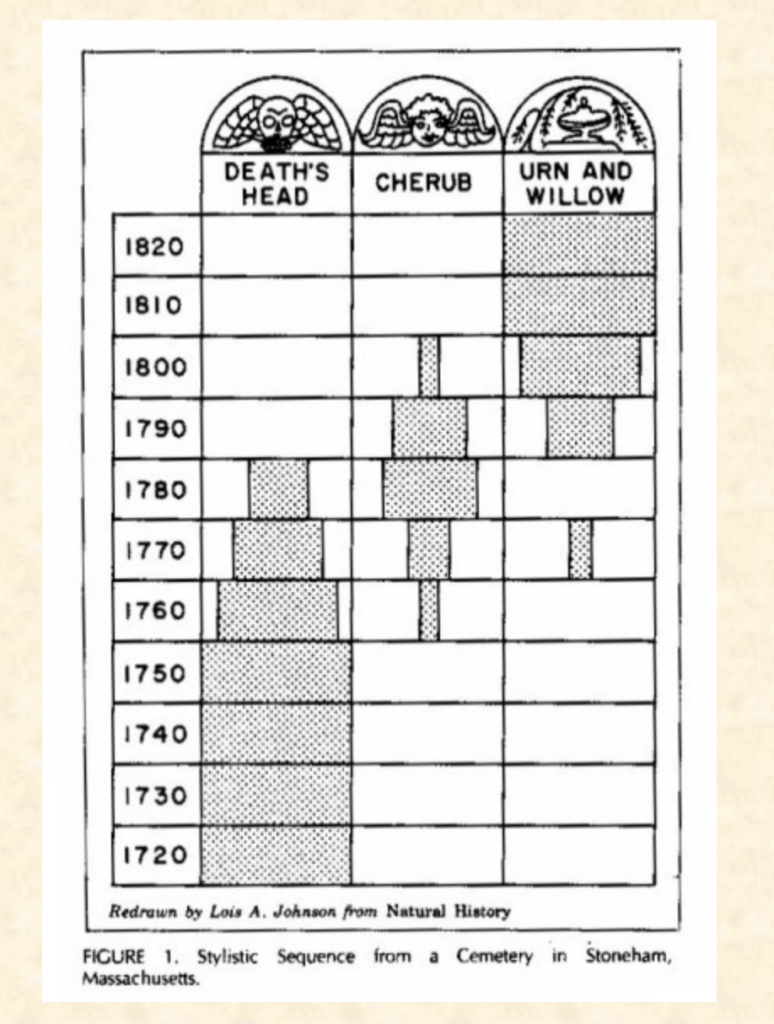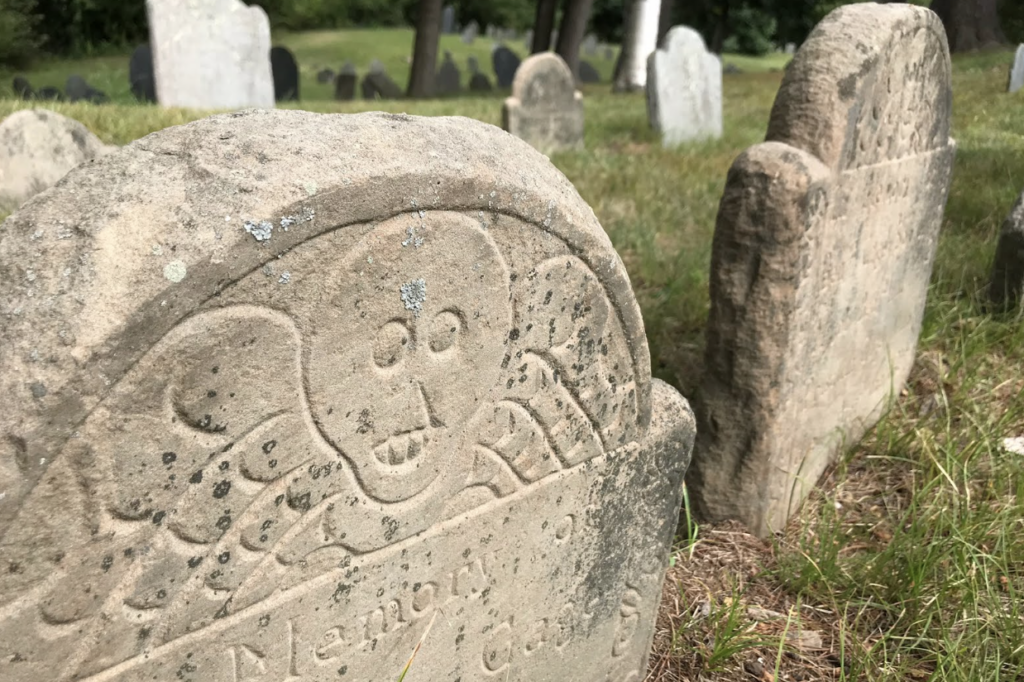In early 2023, archaeologists in France made an intriguing discovery – the oldest known bow and arrow outside of Africa, dating back approximately 54,000 years. This remarkable find predates the oldest African bow and arrow, which is estimated to be around 64,000 years old. The arrowheads uncovered at the French site were classified as Neronian, pinpointing their origin to the transitional period between the Middle and Upper Palaeolithic eras.
Within the Grotte Mandrin cave, more than 300 arrowheads were unearthed, hinting at a habitation site for early Homo sapiens (Figure 1). Prior to their arrival, the region had been populated by Neanderthals, who eventually vanished around 40,000 years ago. The arrowheads exhibited clear signs of chipping and wear, suggesting that these Homo sapiens employed specialized tools for launching their arrows. This has led to a hypothesis that the Homo sapiens might have played a role in the decline of the Neanderthals, due to their advanced weaponry and tools.

To test their theory that the arrowheads were used with some form of projectile mechanism, archaeologists conducted replication experiments (Figure 2). They created replicas of the arrowheads and assessed their effectiveness when used in various ways. It was found that these arrowheads were most efficient when paired with a bow. Their small and lightweight design made them unsuitable for merely throwing at animals, as they required the additional force of a bow for effective use.

Further analysis of the arrowheads’ chipping and damage patterns on the replicas closely matched those of the original arrowheads discovered. This provided strong evidence that these arrowheads were utilized for hunting larger animals and potentially even in conflicts involving humans, such as the Neanderthals. Additionally, artifacts from both Neanderthals and modern Homo sapiens were found in the same strata, raising the possibility that these two groups coexisted (Hunt 2023).
Notably, no evidence of actual bows was found at the site, which isn’t surprising given the challenges of wood and string preservation over such an extensive period. Archaeologists do hypothesize that the bow and arrow technology might have been introduced to Europe from Africa because of the earlier discoveries of arrowheads in Africa (Kuta 2023).
Before the 2023 discovery in France, the oldest evidence of bow and arrow usage outside of Africa was in Sri Lanka, dating back to around 48,000 years ago (Fox 2020). Interestingly, these arrowheads in Sri Lanka were discovered alongside bone tools made from monkey bone. The presence of Neanderthal and modern Homo sapiens artifacts in the same strata in Sri Lanka also fueled a similar debate about their interactions and coexistence. These discoveries continue to provide valuable insights into the prehistoric world and the development of early weaponry and tools.
Additional Links:
https://www.bbc.com/news/science-environment-11086110
Citations:
Fox, Alex. June 17, 2020. “Evidence of Early Bow-and-Arrow Hunting Discovered in Sri Lanka.” Smithsonian Magazine Smart News. https://www.smithsonianmag.com/smart-news/proposed-earliest-traces-bow-and-arrow-hunting-eurasia-found-sri-lanka-180975112/.
Hunt, Katie. February 23, 2023. “Earliest evidence of bow and arrow use outside Africa unearthed in France.” CNN Space & Science. https://www.cnn.com/2023/02/23/world/france-cave-earliest-bow-arrow-use-outside-africa-scn/index.html#:~:text=The%20arrowheads%20were%20found%20in,early%20modern%20humans%20and%20Neanderthals.&text=The%20earliest%20clear%20evidence%20of,pivotal%20moment%20in%20human%20history.
Jordans, Franks. February 10, 2022. “Southern France was already irresistible to humans 54,000 years ago.” The Sydney Morning Herald. https://www.smh.com.au/world/europe/southern-france-was-already-irresistible-to-humans-54-000-years-ago-20220210-p59v8v.html.
Kuta, Sarah. February 23, 2023. “Archery May Have Arrived in Europe Thousands of Years Earlier Than Thought.” Smithsonian Magazine Smart News. https://www.smithsonianmag.com/smart-news/archery-may-have-arrived-in-europe-thousands-of-years-earlier-than-thought-180981690/.


